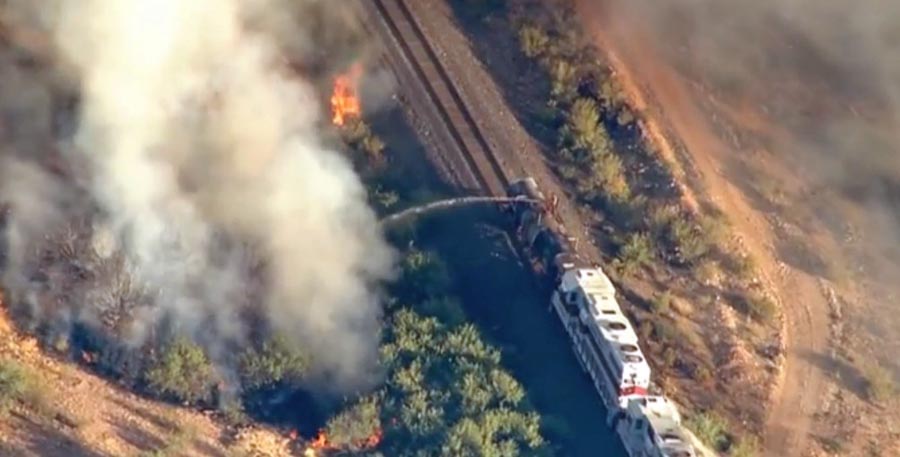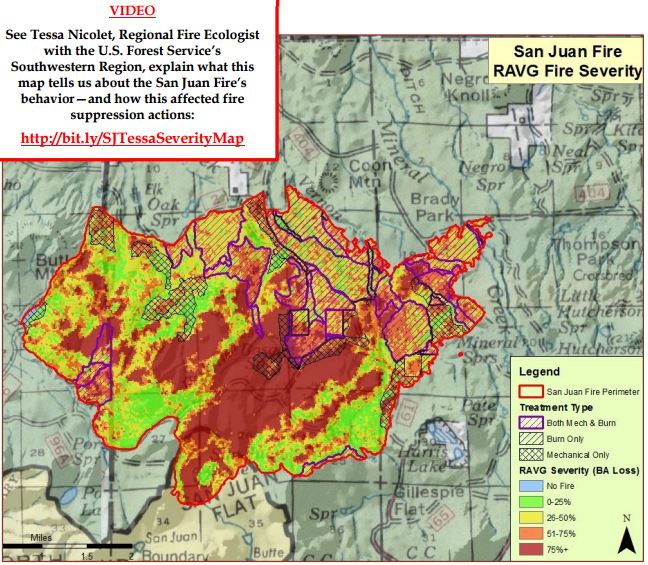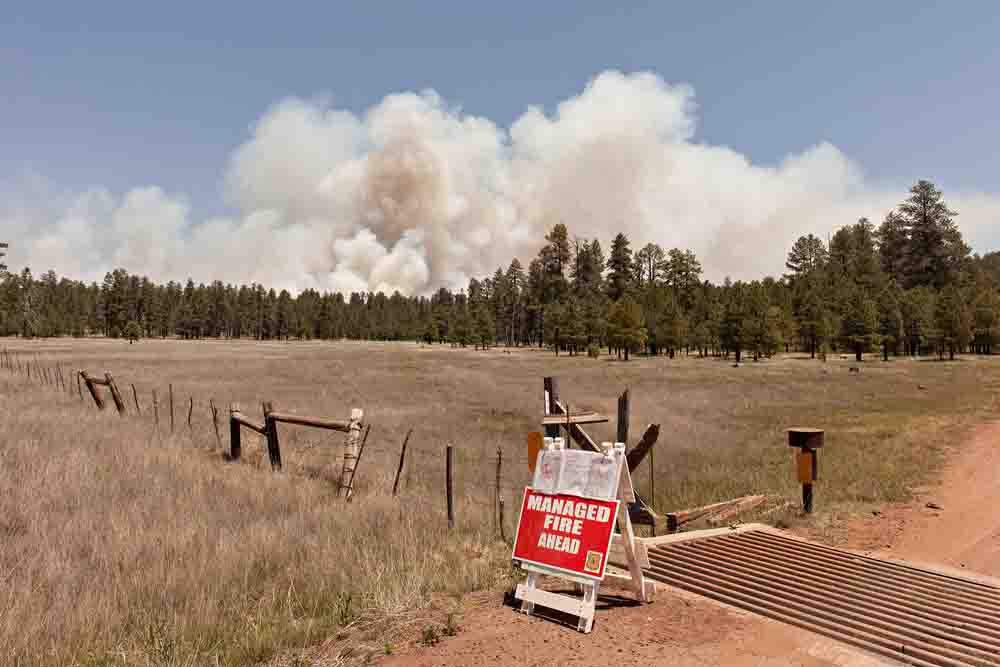
This has not been a typical fire season in the southwest United States. A series of spring storms kept the high country wet and cool, even bringing snow to the upper elevations in late May. The remnants of two hurricanes off the west coast of Mexico imported moisture and moderated temperatures on the deserts until recently.
Many of the forests in both Arizona and New Mexico have been using the few lightning starts to date as a chance to use naturally occurring low intensity fire to play a crucial role in restoring forest health and fuels reduction.
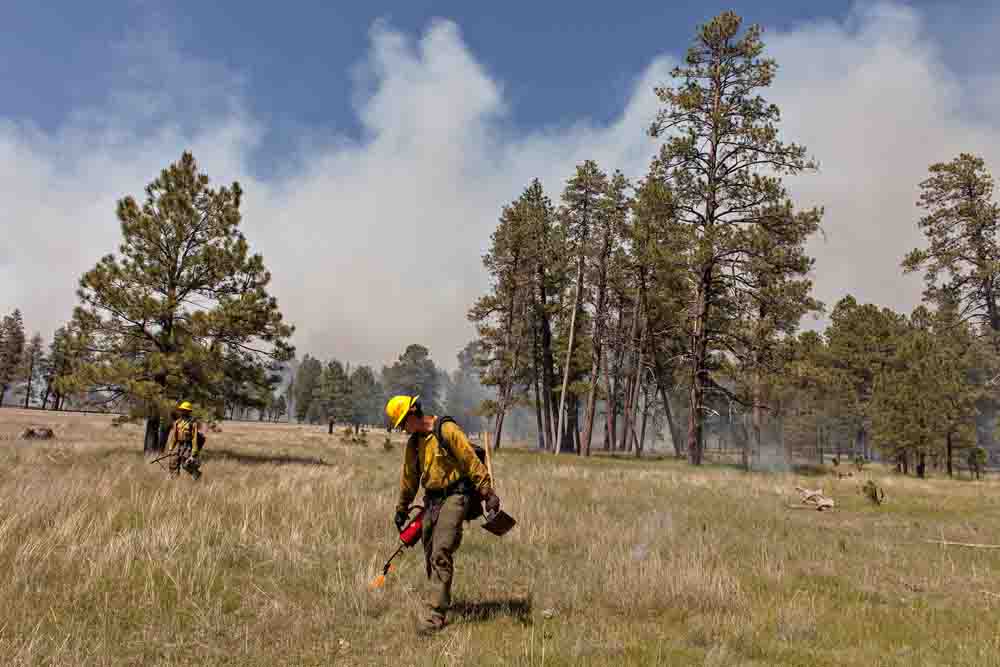
The Camillo Fire southeast of Flagstaff, Arizona is one of the largest of these fires. Starting with a lightning strike near Mormon Lake on June 14, officials on the Coconino National Forest began to manage the fire rather than suppress it. Brady Smith, the forest’s Public Affairs Officer explains their objectives: “Overall, we seek to maintain a healthy ecosystem by reintroducing natural fire back into the forest that will burn at a lower intensity and ‘creep’ across the forest floor, acting as a natural janitor cleaning and restoring the forest to a healthier condition. Ultimately, this type of fire helps reduce buildup of down and dead wood and forest fuels, making it safer for communities and lessening the chances of a large severe wildfire in that area.”
At the time of this writing, the fire was 17,596 acres and while the Maximum Management Area (MMA) is nearly 46,000 acres, Don Muise, Fire Staff Officer on the Coconino National Forest explains that: “Not all 46,000 acres will see fire. We have excluded acres from the MMA due to a variety of reasons including protection of critical wildlife habitat (particularly Mexican spotted owl habitat), protection of archeological and cultural resource sites, exclusion of private inholdings, protection of critical range pastures and range improvements, etc. Additionally, along the eastern edge of the MMA, the continuous ponderosa pine ecosystem transitions to a pinyon/juniper grassland that may not burn given the current and predicted conditions. Right now our best guess for total acres burned is from 25,000 to 30,000 acres.”
The monsoon season brings frequent thunderstorms into Arizona and New Mexico, usually beginning in late June and lasting into September. Asked about the monsoons, Mr. Muise continued: “We will continue to manage fire within the MMA as conditions allow. If the monsoon sets up in earnest and we get significant moisture, we will reduce our committed resources to an appropriate level and monitor the area until the fire is out. If drying conditions follow the moisture, and, if there is still the potential for the fire to grow (if the fire survives the moisture), we will ramp up our operations to an appropriate level and continue our restoration efforts until all the available operational blocks within the MMA are completed.”
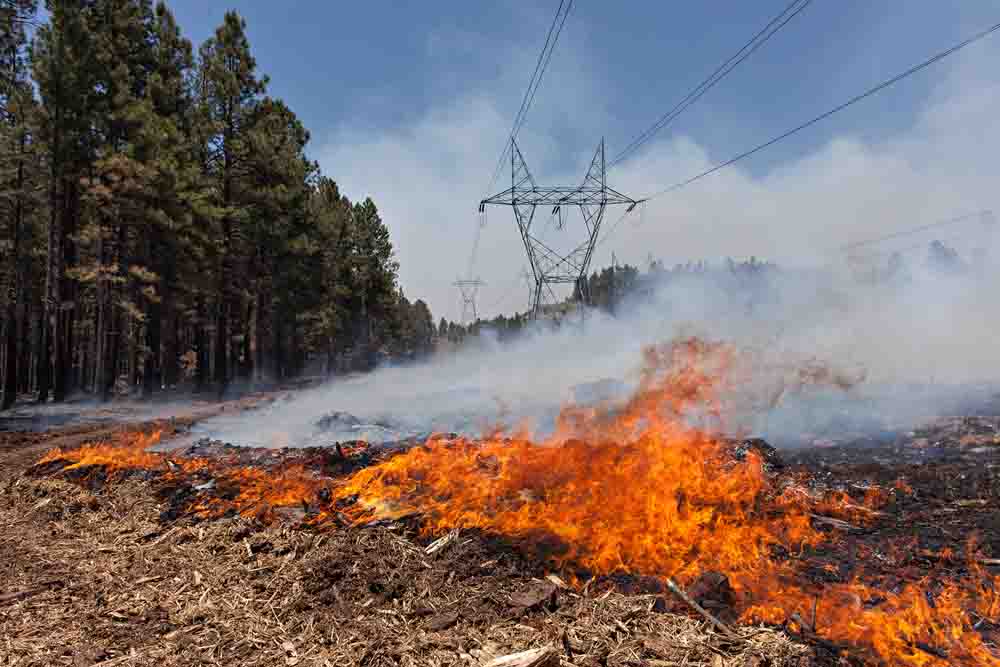
(More photos are below) Continue reading “Unusual weather allows broader range of fire management options in Arizona”

